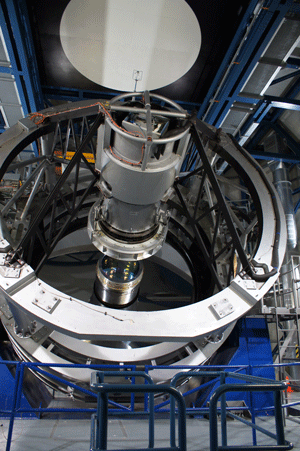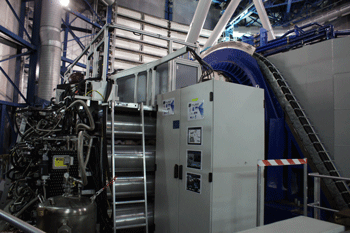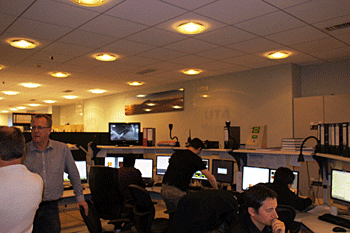Castings Equip Amazing Work in Chile
 Astronomers from all over the world share resources in the Atacama desert of Chile, the driest place on the planet. Its lack of airborne water vapor is among the factors that make this region one of the best places for telescopes to view the night sky, and it is home to many of them.
Astronomers from all over the world share resources in the Atacama desert of Chile, the driest place on the planet. Its lack of airborne water vapor is among the factors that make this region one of the best places for telescopes to view the night sky, and it is home to many of them.
 The technology employed by the European Southern Observatory at Paranal is under continuous development. A telescope dubbed the VLT (for “very large”) uses cryogenics, lasers and other specialized equipment to enable unprecedented feats of astronomy.
The technology employed by the European Southern Observatory at Paranal is under continuous development. A telescope dubbed the VLT (for “very large”) uses cryogenics, lasers and other specialized equipment to enable unprecedented feats of astronomy.
New metal castings on the VLT include two 3D print-enabled components. Using a printed thermoplastic pattern, German firm voxeljet AG produced a complex, investment cast sensor arm for use with the telescope’s MUSE instrumentation. Metalcaster ACTech GmbH investment cast a ductile iron “spacer” component using a laser sintered pattern.
The MUSE instrumentation is on its second generation, recently installed on the VLT, which has now undergone a series of successful tests performed to ensure its operation. "It enables us to see a greater field, allowing the study of multiple objects at one time," explained Cristian Esparza, VLT telescope and instrument operator. The culmination of approximately 10 years of research and development, MUSE exponentially increases the VLT users' ability to study everything from black holes to entire galaxies.
Check out the view from the VLT site in this video.